I'm sorry CS:GO, i truly thought you would die
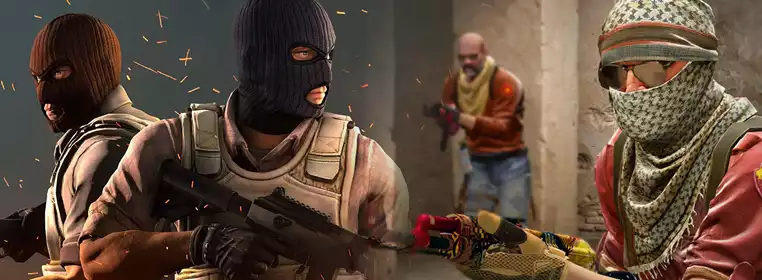
I won't pretend to be a Counter-Strike: Global Offensive guru. I'm by no means the most devoted fan in the world. I'm no noob either.
Source was before my time, but a proud Brit was born when Fnatic - albeit with a roster of Swedes - overthrew the Ninjas in Pyjamas dynasty and embarked on a championship haul of their own.
This isn't about validation though, but rather a confession. A well-earned apology. Counter-Strike, I thought you were dull, slightly tedious, and a bit of an eyesore, and I truly thought you'd die. How wrong I was…
Kings will fall
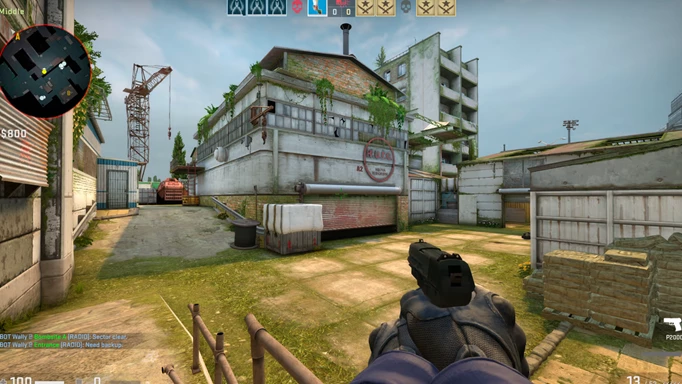
 Click to enlarge
Click to enlargeA monarch's legacy is never defined by how long they ruled, but by how successful they were on the throne, and for CS:GO, who had conquered the FPS genre, its early reign was uncontested, comfortable, and championed.
For over a decade, Counter-Strike became the face of shooter games, and alongside League of Legends, esports itself. Even though I was never sold on the beige and brown clickity click esport, it ruled with an iron fist over the genre like an admirable government that doesn't quite appeal to everyone but gains the respect of all through its pioneering.
If truth be told though, CS:GO hardly had much competition as it rose in popularity - never having its ecosystem challenged by outside factors, and it’s likely that it never thought such a time would come when its world was turned upside down.
None of us did. Until the pandemic came along and began to decay the professional scene as we knew it.
The crumbling of the castle
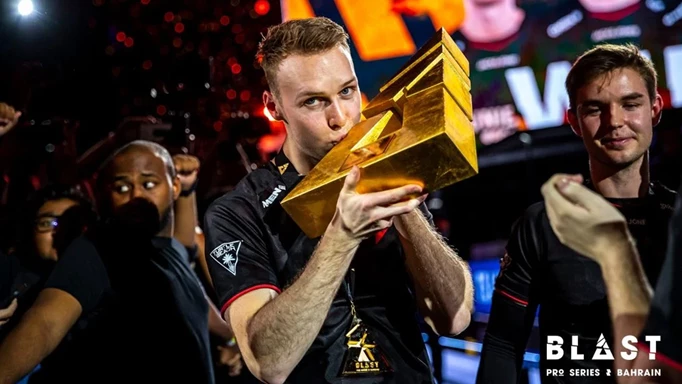
 Click to enlarge
Click to enlargeHeading into the pandemic, CS:GO's structure stood as tall as the proudest castle on the hill, the dust rolling off the ancient stone like a beautiful mirage. Yet, while it lay under siege from an enclosing virus, the hierarchy inside didn't know how to tackle the threat.
With the outside world coming to a halt, but the esports calendar rolling onwards, Cloud9 made the first move, and almost like the Lannisters of CS, they poured money into making a super team.
The idea was clear: Attempt to buy their way through online events, forming a championship-winning team that could earn their paychecks in prize money, coming out of the pandemic as early adapters and the owners of CS's most current superheroes.
This wasn't an awful idea, but the failure crippled Cloud9 and set the tone for everyone else in this period. No investments, no paydays, just ride out the siege and hope it gets bored soon.
But riding it out was none the wiser. Burnout became the word of the pandemic, with the household guard quickly becoming exasperated at the number of events squeezed into a short period of time and the restraints of a lockdown giving players no rest bite.
It wasn't like real events where you could travel to explore cultures and cuisines, and bond with teammates. Instead, pre-event rituals started and ended with extra scrims and practice, and it soon took its toll. Icons like Lukas "gla1ve" Rossander, Nicolai "dev1ce" Reedtz, and Olof "olofmeister" Kajbjer Gustafsson all stepped away from the scene despite being arguably three of the biggest and best players CS has to offer.
The politics of CS' siege also wobbled the camp with scandal. No government is ever without its trouble, and for Counter-Strike, the unravelling of their biggest cheating wrongdoing began with ESIC.
The Commission's investigation into an exploit of a spectators bug saw over 30 coaches receive bans, varying from weeks to years in length, and while the official semantics of ESIC made CS seem more professional, the outside perspective changed drastically to one that viewed the entire scene as one big joke.
Bad business decisions in an economic crisis, inordinate scandals and investigations tainting its wider reputation, and true greats of the game stepping away, it wasn't quite an onslaught that nearly toppled CS:GO, but rather bricks falling out of the wall until its structure became so weak that a gust of wind could have sent it over the edge.
The proposed usurper
With Counter-Strike wobbling, for the first time, a usurper finally arrived, dressed to the nines in glimmering shiny armour and a flashy battleaxe ready to cut the community in half.
VALORANT. Riot's rival sold us all. Even little old me that could never master the one-tap flicks, no matter how many Adil "ScreaM" Benrlitom videos that I watched.
The aesthetic colour palette. The flashy abilities and striking agents. The lack of in-game CT's and T's appealed to sponsors and outside media. VALORANT harnessed the inner child in us all that likes new shiny toys over rugged ones.
In an instant, VALORANT began poaching CS talent, and while many of the legends stayed put, some top-tier talent did filter over to chance their arms at a fresh esports career. The most damaging movers came from the Counter-Strike pipeline though.
In an era where we were seeing burnout halt the careers of CS dynamos, the second-tier crop of players was also leaving, and with it went the younger uprising talent who looked to boycott the ladder and appear at the top of a new esport.
Despite the perspective that VALORANT would eventually nab the entire CS until it was picked bare, it was more the shock to its ecosystem that was possibly the most damaging, taking yet another brick out of its foundations.
But we all know how Toy Story ends, and no matter how many Buzz Lightyears shake the pot, Woody is always Andy's favourite...
The kingdom stands tall
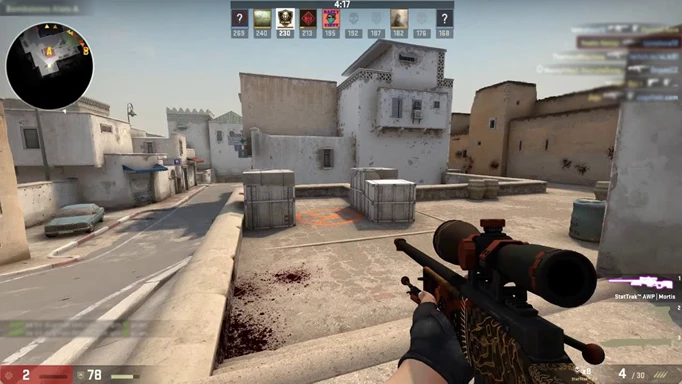
 Click to enlarge
Click to enlargeThe true beauty of Counter-Strike has struck home. It's never been about the appearance nor the gimmicks and facades, or even the need to bend the knee to an evolving gaming sphere obsessed with flatulent expectations. Instead, Counter-Strike stood tall and proud in what it does best: sustain.
Its stubborn personality is admirable, and in a world where mass change was disruptive in every area of life, it was always constant. A variable that needn't is adapted for experimental reasons. A trialled and tested recipe that was confident in its own ability.
Where VALORANT did open our eyes to what CS:GO could have been with the addition of Overwatch-esque abilities and a Fortnite-like colour scheme for agents and maps alike, CS:GO's intimacy and obsession with detail became fashionable. Teams grew storylines that hinged on a single pixel that defined livelihoods.
The raw skill and geometry were prevalent as players had more time to whittle down excruciating and minute details. Twelve years down the line and brand-new molly lines were being discovered through the coding of your sensitivity. If you thought Counter-Strike was a glorified Search and Destroy game built on bottle and nerve, you became widely mistaken during the pandemic, as CS:GO's gorgeous geometry and science is a beauty to behold.
Gorgeous - It's not a word I thought I'd ever use to describe the dull and dreary-looking game, but like the old grandpa in Up reliving his glory days through a balloon-erected house, CS:GO ditched helium for copium, and has proved that inside intricacy is much more gorgeous than the make-up covered mimics.
Glory days
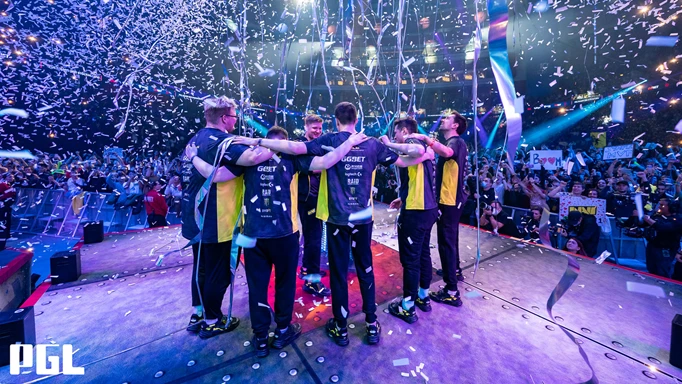
 Click to enlarge
Click to enlargeI thought Counter-Strike would die. It was inevitable to me. I didn't appreciate its stubbornness and beauty and thought the glimmering usurper would burn this castle to the ground to dominate esports forevermore.
But as rigid as Counter-Strike is, it not only bounced back as strong as ever before, its post-pandemic era has catapulted this old-school esport into its glory days.
With the return to LANs, the VALORANT community creeping back in, and a more defined way of managing teams and organisations unearthed, Counter-Strike is reaping the rewards of its sustainability.
Prior to these outside challenges, ELEAGUE Major 2017 was Counter-Strike's most-watched tournament ever, peaking at 1,428,000 viewers, according to Escharts. Now, this blast from the past sits fourth in the records, and the three most recent majors all make the top spots.
PGL Stockholm 2021 managed to almost double the ELEAGUE figures by netting 2,748,000 peak viewers for the grand final between G2 Esports and Natus Vincere. PGL Antwerp 2022's final between FaZe and Na'Vi surpassed the two million viewers mark too, while three more games also overtook the pre-pandemic record, proving that the scene is stronger than ever before.
If Countre-Strike was dying, it's certainly been watching The Undertaker, as this resurrection has become a catalyst for the game to extend its global dominance of esports, and I couldn't have been more wrong. So, Counter-Strike, I thought you were dull, slightly tedious, and a bit of an eyesore, and I truly thought you'd die. How wrong I was… I'm sorry.